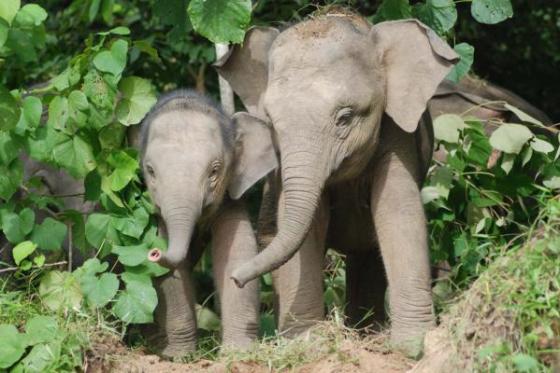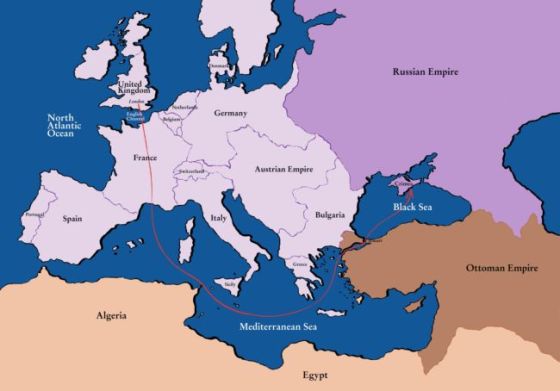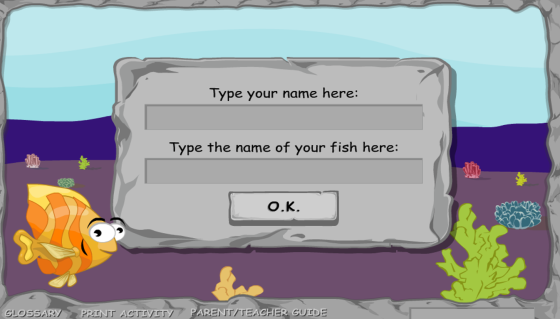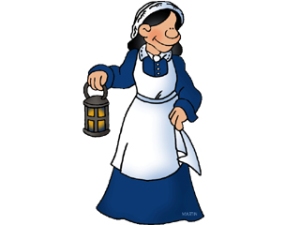Have fun playing and learning!
Have a go at some of these shape sorting activities. Start with 1 criteria. See how you get on before moving on to 2.


The Borneo elephant is a sub-species of Asian elephant. The Borneo elephant is also known as the pygmy elephant as it is the smallest of the elephant sub-species.
As its name suggests, the Borneo elephant is found exclusively on the island of Borneo in the Malaysian state of Sabah and parts of Indonesia. Much of the Borneo elephants natural habitat has been destroyed to make way for palm oil plantations and there are now thought to be less than 1,000 Borneo elephants left in Sabah.
The Borneo elephant has smaller ears than the African elephant and the Borneo elephantalso has a more curved spine than the African elephant. Unlike the African elephants, the female Borneo elephants very rarely have tusks, and if the female Borneo elephant does have tusks, they are generally barely visible and can only be seen when the female Borneoelephant opens her mouth.
The Borneo elephant follows strict migration routes that are determined by the monsoon season. This means that they always walk the same paths, year after year. The eldest elephant of the Borneo elephant herd is responsible for remembering the migration route of its Borneo elephant herd. This Borneo elephant migration generally takes place between the wet and dry seasons and problems arose when farms where built along the migratory routes of the Borneo elephant herds, as the Borneo elephants caused a great deal of destruction to the newly founded farmland.
Borneo elephants are herbivorous animals meaning that they only eat plants and plant matter in order to gain all of the nutrients that they need to survive. Borneo elephants eat a wide variety of vegetation including grasses, leaves, shoots, barks, fruits, nuts and seeds. Borneo elephants often use their long trunk to assist them in gathering food.
Due to their large size, Borneo elephants have very few predators within their natural environment. Besides human hunters, tigers are the primary predator of the Borneoelephant, although they tend to hunt the smaller Borneo elephant calves rather than the much larger and stronger adults.
Female Borneo elephants are generally able to breed by the time they are 10 years old, and give birth to a single Borneo elephant calf after 22 months. When the Borneo elephant calf is first born, it weighs about 100 kg, and is cared for not only by its mother but also by other female Borneo elephants in the herd (known as aunties). The infant Borneo elephant remains with its mother until it is around 5 years old and gains its independence, with males often leaving the herd and female calves staying.
Today, the Borneo elephant is considered to be an animal that is in immediate danger of becoming extinct.

Find out some information about the pygmy elephant. You can find out more here. You can find more in the fact zoo here.
Try this fraction quiz!
Who was Mary Seacole? What did she do? Who could you compare her to?
Click on the picture to find out more. Don’t forget to put on your headphones.
You can find out more about Mary Seacole here.
What can you learn from this map?

Who was Florence Nightingale ? What did she want to be? Why did she go to Scutari? Where is Scutari? What would a map of her life look like?
Why was there a war in the Crimea? What was it like in the hospital? What jobs did the nurses do? (tip-go to page 7). What might a soldier have written home to his family? What happened when Florence came back to England? What would a timeline of her life look like?
Have a go at this fraction game.
When you have played that, you can find some more fraction games here.







